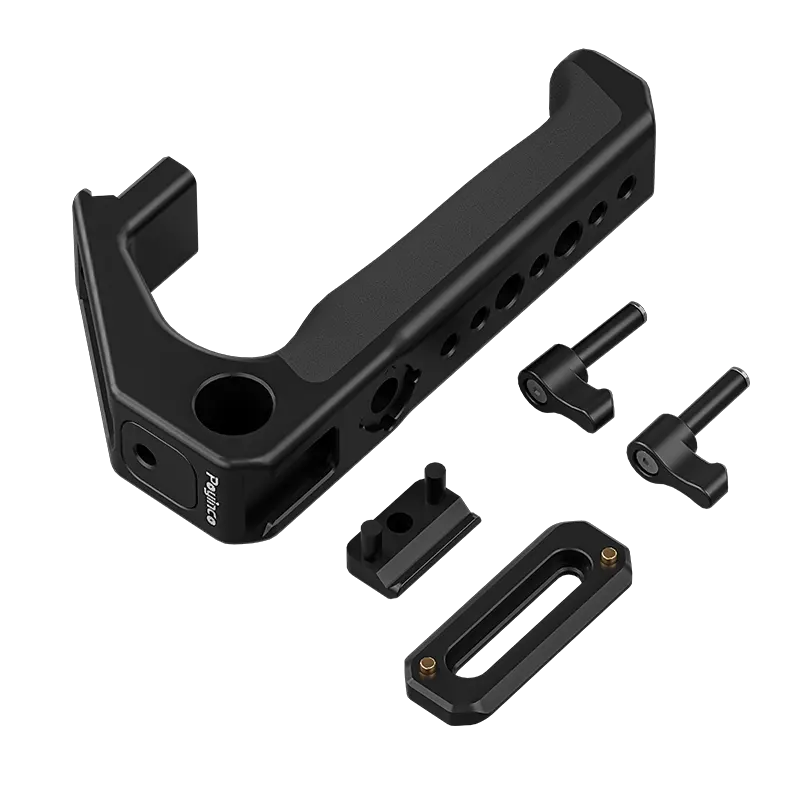

Time:2025-06-12 Views:1

In the logistics industry, the demand for reliable and efficient equipment is constantly increasing. CNC welding robots have become indispensable in the manufacturing of logistics equipment, such as conveyor belts, storage racks, and forklift frames, due to their ability to provide high - quality welds, improve production efficiency, and ensure consistency.
CNC welding robots are equipped with advanced sensors and control systems that enable them to perform welding tasks with high precision. These robots are programmed to follow specific welding paths based on the design of the logistics equipment. The welding torch, attached to the robot arm, can be accurately positioned and oriented to ensure proper penetration and fusion of the metal parts being welded. For example, when welding the frames of a large - scale storage rack, the CNC welding robot can precisely follow the welding seam, adjusting the welding parameters such as current, voltage, and speed in real - time according to the thickness and material of the metal plates. This results in strong and reliable welds that can withstand the heavy loads and vibrations encountered in logistics operations.
One of the main benefits of CNC welding robots is their high - speed operation. They can complete welding tasks much faster than manual welding, significantly reducing the production time of logistics equipment. In a large - scale logistics equipment manufacturing facility, multiple CNC welding robots can work simultaneously on different parts of the equipment, accelerating the overall production process. This increased productivity allows manufacturers to meet the growing demand for logistics equipment in a timely manner.
Another advantage is the consistency of the weld quality. Since CNC welding robots execute welding tasks based on pre - programmed instructions, the quality of the welds remains uniform across all products. There is minimal variation in weld bead size, shape, and strength, which is crucial for the structural integrity of logistics equipment. Consistent weld quality also reduces the need for extensive post - weld inspection and rework, saving both time and cost.
CNC welding robots also enhance workplace safety. Welding is a hazardous process that exposes workers to harmful fumes, radiation, and high temperatures. By using CNC welding robots, human workers can be removed from these dangerous working environments, reducing the risk of workplace injuries and health problems. The robots can operate continuously in potentially hazardous conditions, ensuring the uninterrupted production of logistics equipment.
Moreover, CNC welding robots offer flexibility in manufacturing. They can be reprogrammed to weld different types of logistics equipment with varying designs and specifications. This allows manufacturers to adapt to the changing needs of the logistics industry and produce a diverse range of equipment without significant investment in new welding equipment or extensive retraining of workers.
Read recommendations:
black magic camera cage wholesaler